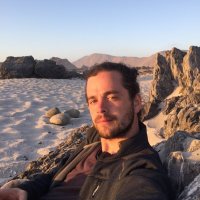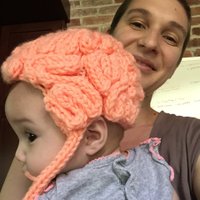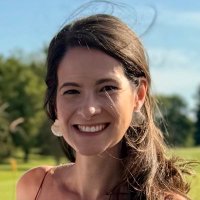
cvnlab
@cvnlab
Computational visual neuroscience lab (PI: Kendrick Kay). At the intersection of cognitive neuroscience, fMRI methods, and computational neuroscience.
ID: 3693913754
http://cvnlab.net 26-09-2015 15:29:53
157 Tweet
1,1K Followers
259 Following

Get higher SNR in single-trial fMRI. We show substantial impact on downstream analyses. Pre-print: biorxiv.org/content/10.110…. Toolbox (Matlab and Python): glmsingle.org. Led by Jacob Prince and w/ Ian Charest Jan Kurzawski John Pyles Academic Mercenary




Excited to share our new preprint! "Re-expression of CA1 and entorhinal activity patterns preserves temporal context memory at long timescales" w/ the amazing Sarah DuBrow Hutchinson Lab Brice Kuhl and many others from the NSD crew cvnlab biorxiv.org/cgi/content/sh…

Latest lab work in #JNeurosci. A detailed look at variation of BOLD fMRI signal strength within individual brains, and whether this is a good proxy for local neural activity. w/ Jan Kurzawski Jon Winawer Faruk Gulban jneurosci.org/content/42/38/…





Latest lab work in Nature Communications. We leverage the large-scale Natural Scenes Dataset and encoding models to obtain unbiased estimates of voxel-level orientation tuning. Results demonstrate coarse-scale orientation preferences in V1. w/ Zvi Roth eli merriam nature.com/articles/s4146…


Latest lab work in NeuroImage by Faruk Gulban. We release high-quality mesoscopic (0.35-mm) anatomical measurements in the living human brain. Clear laminar and vascular features. May help us better understand the nature of fMRI signals. doi.org/10.1016/j.neur…



Latest lab work in Neuron. We review tasks, how tasks affect activity in the visual system, and call for incorporation of tasks into stimulus-computable models. w/ Rachel Denison David L Barack @MichaelJArcaro Kate Bonnen doi.org/10.1016/j.neur…




1/ Excited to share a new NeuroAI preprint: “What can 1.8 billion regressions tell us about the pressures shaping high-level visual representation in brains and machines?” Led by Colin Conwell, with Jacob Prince, cvnlab, and George Alvarez. biorxiv.org/content/10.110…

Pumped to share this work from my PhD, “A single computational objective drives specialization of streams in visual cortex”, just in time for the holidays! With the all star team Eshed Margalit , cvnlab , Daniel Yamins & kalatwit 🔗:biorxiv.org/content/10.110… 🧵: 1/n…


